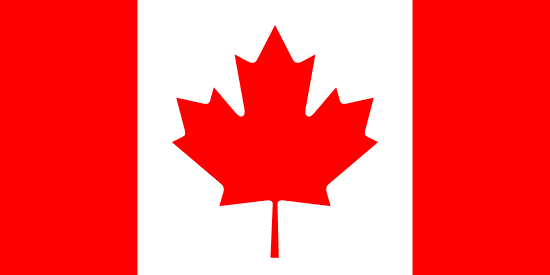"Where the mountains meet the sea | Where the mountains meet the sea"
About:
Rocky Harbour, located in Newfoundland and Labrador, Canada, was established in the early 19th century. Initially a fishing settlement, its economy diversified with the establishment of Gros Morne National Park in 1973. Today, it's a key service centre within the park, hosting numerous tourists annually. Despite changes, fishing remains a significant part of its cultural identity. The town's population has fluctuated over the years, but recent trends show a stable community of around 1000 residents.
When to visit:
Rocky Harbour, located in Newfoundland and Labrador, Canada, experiences a maritime climate with cool summers and mild winters. The best time to visit this picturesque coastal town is during the summer months from June to August when temperatures are pleasantly warm and ideal for outdoor activities such as hiking, whale watching, and exploring Gros Morne National Park. This period also coincides with several festivals and events in the area, offering visitors a chance to immerse themselves in the local culture and traditions. However, for those seeking a quieter and more serene experience, the shoulder seasons of spring and fall can also be a good time to visit Rocky Harbour with fewer crowds and beautiful fall foliage.
When to avoid:
Rocky Harbour, located in Newfoundland, Canada, experiences its worst travel conditions during the winter months, particularly in January and February. The region faces harsh weather conditions such as heavy snowfall, strong winds, and frigid temperatures during this time. Many attractions and outdoor activities may be limited or closed due to the severe weather conditions. Traveling to Rocky Harbour during the winter holidays may not be ideal for those seeking to explore the natural beauty of the area.
Winter (Dec-Feb)
During winter (December to February) in Rocky Harbour, Newfoundland, the weather is at its coldest. The average temperature ranges from -5 to -15°C. Snowfall is frequent, with accumulation often exceeding 60cm, making it the wettest period. Days are short and sunlight is scarce, with only 8-9 hours of daylight. The sky is typically overcast, with cloud cover around 80%. An average day for a visitor consists of chilly mornings, snowy afternoons, and freezing nights. Despite the cold, it's a great time for winter activities like snowshoeing and cross-country skiing.
"Summer (June-August)"
Rocky Harbour, located in Newfoundland and Labrador, Canada, experiences its warmest weather between June and September. During these summer months, the average high temperature ranges from 15°C to 20°C, while lows can drop to around 10°C at night. Rainfall is quite frequent, with July and August being the wettest months, averaging around 80-100mm of precipitation.
Despite the rainfall, summer in Rocky Harbour also offers the most sunlight, with an average of 16 to 18 hours of daylight per day in June and July, gradually decreasing as fall approaches. Humidity levels can vary but typically hover around 70-80%, contributing to a slightly damp feel.
Cloudiness is common, with partially cloudy to overcast skies being the norm. However, there are also several clear or mostly sunny days, especially in June and July.
A typical summer day for a visitor in Rocky Harbour would likely involve a mix of sun and clouds, with a chance of rain showers. The temperatures are mild to warm, but it's always a good idea to have a light jacket or sweater handy, especially in the evenings. The high humidity might make the air feel a bit heavier, but it's usually not uncomfortable. Despite the cloudiness, there's plenty of daylight to enjoy outdoor activities.
Language:
Rocky Harbour, located in Newfoundland and Labrador, Canada, predominantly speaks English. As a part of Canada's bilingual nature, French is also understood and spoken by some residents. However, English remains the main language of communication in this region. Additionally, indigenous languages like Innu-aimun or Mi'kmaq may be spoken by the local native communities.




